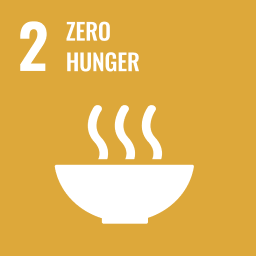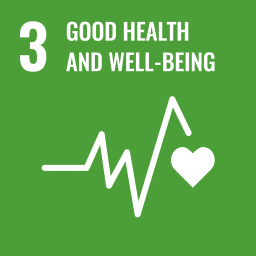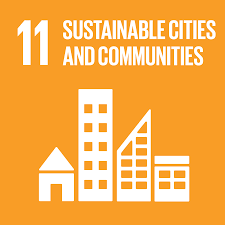The action and its aims
Philadelphia introduced comprehensive Nutrition Standards for all food and beverages purchased, prepared or served by city agencies, including vending machines. The standards (some mandatory, some recommended) are based on the 2015 USDA Dietary Guidelines for Americans, federal and local government food standards, and input from city agencies. The aim of the standards, which were introduced through an executive order, is to improve the health of residents, reduce the economic burden of diet-related illness, and serve as a model for other institutions and employers.
When it was introduced
The executive order was signed in 2014, but background work to build support and develop the standards began in 2010.
Why it was needed
It was considered necessary in light of the city’s goal of making healthy food the default choice, and its recognition that poor nutritional intake and inadequate access result in malnutrition and overweight/obesity. As city agencies serve around 14.5 million meals a year, the standards have a significant impact on employees, clients, and vulnerable populations such as youth and seniors. Some city agencies already had nutritional guidance in place, but it was inconsistent across programs or was not reflective of the latest scientific evidence.
Who initiated it, who is involved
The executive order was signed by then-Mayor Michael Nutter. City agencies that purchase, serve or sell food and beverages provided insights on development of the standards and participated in bi-annual inter-departmental meetings. The Philadelphia Department of Public Health’s (PDPH) Division of Chronic Disease and Injury Prevention (also known as Get Healthy Philly) provides technical assistance to help city agencies implement the standards and integrate standards language into bids and contracts. They also engage current or potential vendors and food manufacturers to increase the availability and accessibility of healthier products that meet the nutrition standards.
Impacts to date
Get Healthy Philly monitors compliance by analysing menus, tracking purchases, and conducting phone surveys with staff. Impacts as of 2017 include a decrease in sodium in the most common foods by 14% of the daily recommended limit, and a 20% increase in sites serving whole grains. In addition, 86% of sites regularly served meals with two or more portions of fruit and vegetables, 50% of sites served fruit as a dessert, and 30% served no desserts.
More information: In 2014, Philadelphia (USA) also introduced ‘Good Food, Healthy Hospitals’, a four-year initiative to improve the food environment in the city’s hospitals and provide healthier food to patients, employees and visitors. The initiative was funded by the Get Healthy Philly programme of the Philadelphia Department of Public Health and the US Centers for Disease Control and Prevention. In New York (USA), public sector food and nutrition standards were introduced in 2008 via an executive order, and revised in 2014. New York’s standards apply to 11 city agencies and include prisons, hospitals, senior care centres. Selfreported compliance is 96%.






